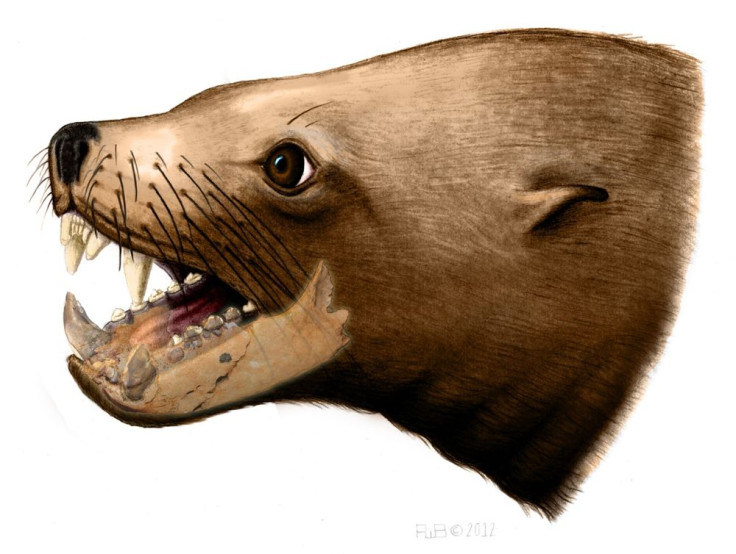Ancient 'killer walrus' was not the bone-crunching beast scientists had believed

Researchers have cast doubts over the bone-crushing abilities of a 'killer walrus' that lived 15 million years ago. Fossil-tooth analysis indicates the species, Pelagiarctos thomasi, may not have feasted on large marine mammals as previously believed, but fed on smaller animals instead. Scientists used contemporary dentistry techniques to study the killer walrus, and they say these methods could help with future fossil research.
Remains of the walrus, which is estimated to have reached up to three metres in length, have only been found in California. In 1988, palaeontologist Lawrence Barnes suggested the species fed on large marine mammals and sea birds. Experts from the University of Otago have now conducted the first electron microscopy scan of the walrus's fossilised teeth to find if Barnes was correct.
Specifically, the researchers analysed the internal structure of the fossil tooth, and compared their findings to the enamel structure in modern day fur seals and sea lions.
"Features and structures of the enamel layer [in teeth] have long been associated with differences in diet and tooth usage among animals, and can also help in the understanding the relationships among fossil and living species," explained Carolina Loch, co-author of the study published in The Science of Nature.
The scientists found the walrus would be unlikely to have the ability to crunch through large bones, at least without breaking its teeth. "Pelagiarctos was originally thought to have been a 'killer walrus' that fed on large prey such as other marine mammals, but we found it has an enamel layer reasonably similar to that of modern New Zealand fur seals and sea lions, which are fish- and squid-eaters," said Loch.
The researchers say the study shows the broad applications of some dentistry techniques. They say these techniques could help understand relationships between fossils and current living species. Loch said: "Teeth are not only the focus of modern dentistry, but also valuable tools for biologists, archaeologists and palaeontologists."
© Copyright IBTimes 2025. All rights reserved.






















